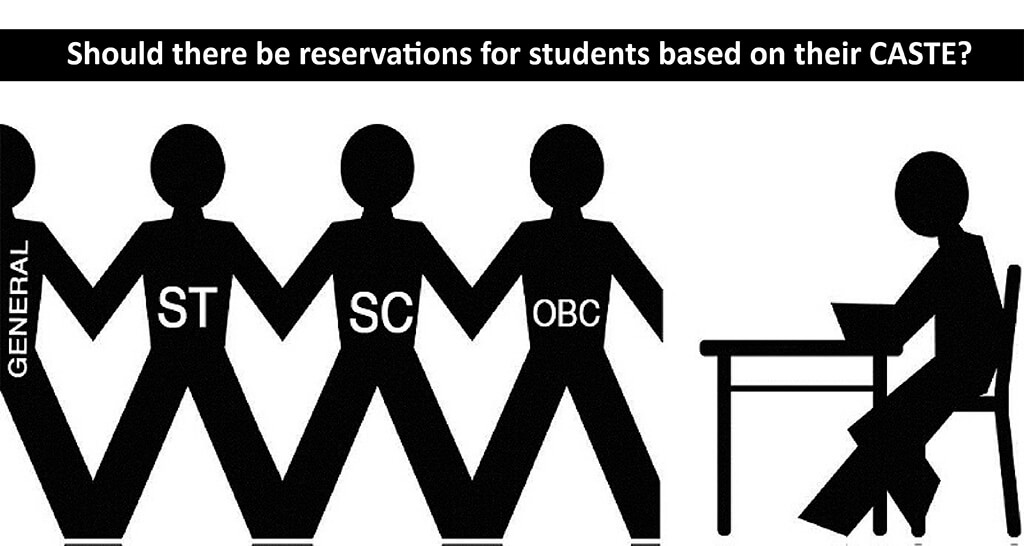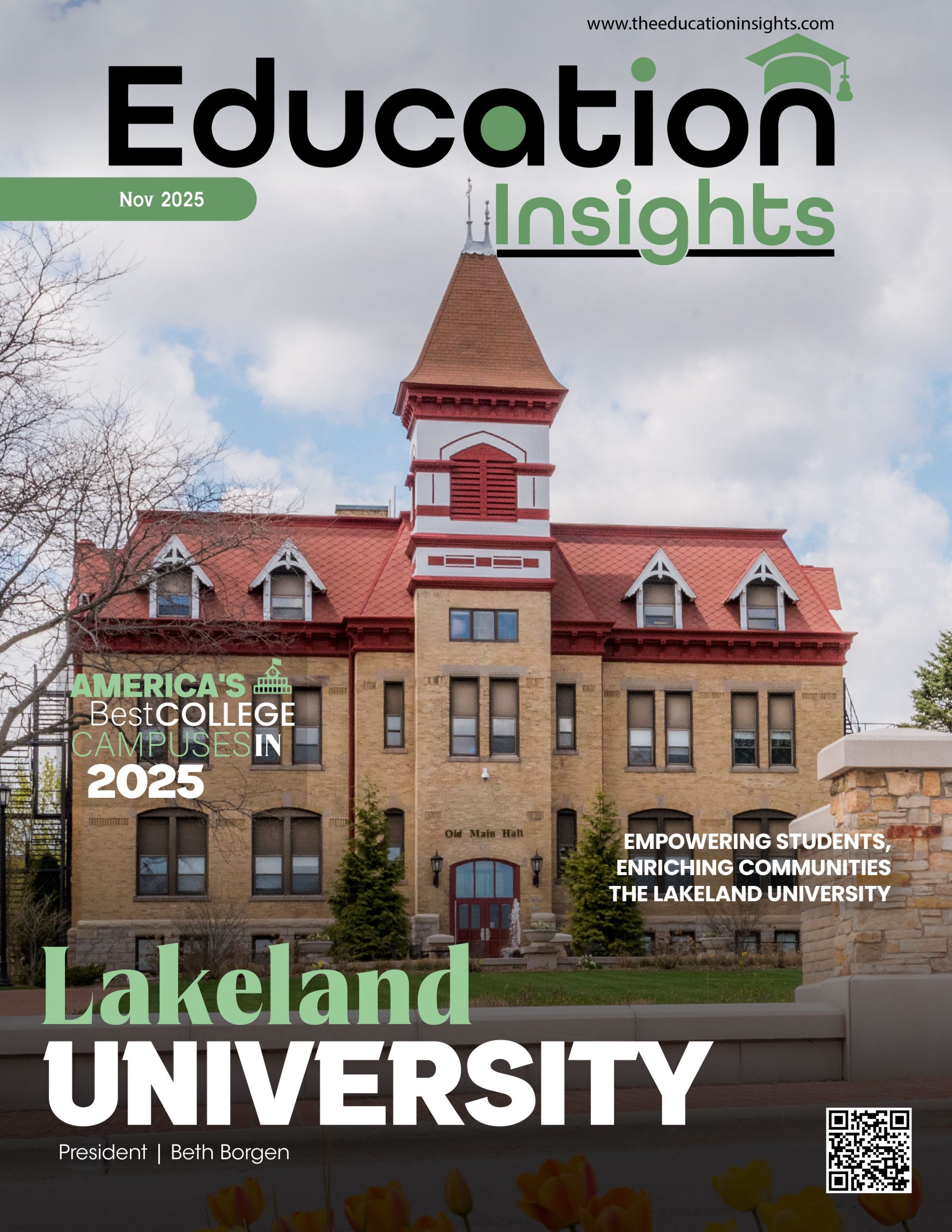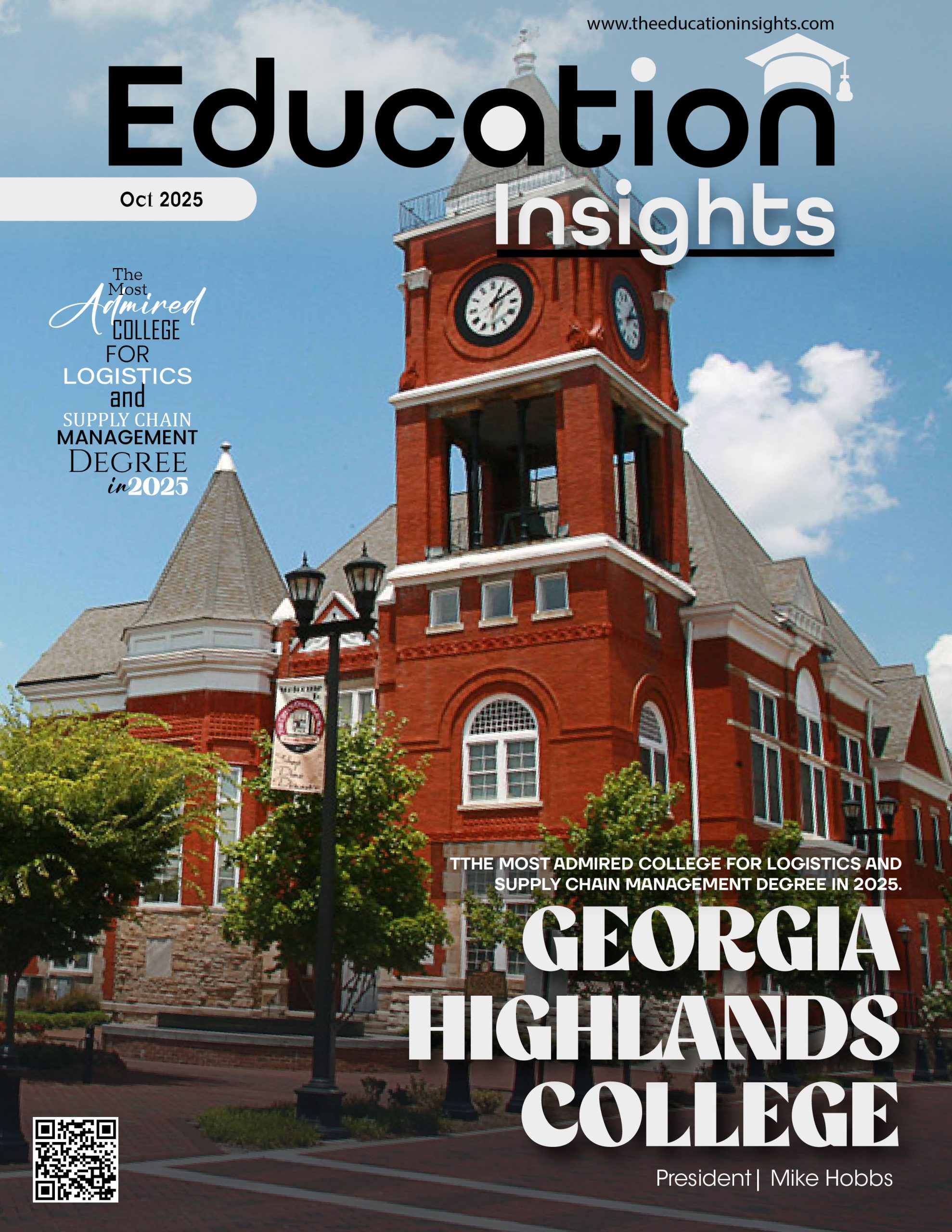India is the greatest democracy in the world, yet its caste structure has given rise to several debates and conflicts. The caste system has always been a significant element of Indian society, as far back as anybody can remember. Even India’s ruling elites eventually saw those downtrodden citizens were not a good proxy for the country’s development. As a result of their oppression, these people were found to have been economically stifled for thousands of years without receiving a good education. Thus, the Indian government instituted caste-based reservations in government positions and educational institutions to elevate the status of the lower castes.
Now that the Scheduled Castes and Scheduled Tribes were guaranteed a certain number of reservation slots, the situation rapidly got out of hand. The U.S. Supreme Court finally ruled that the combined percentage of reservations could never go over 50%. Without this obligation, the majority or upper class would not have a fair share of seats according to their overall population. At this point, tensions escalated, and disputes based on caste prejudices emerged. India’s whole reservation system came under scrutiny. Because of this, people started to become more divided. Pro and anti-reservation arguments surfaced. Why do they make such a bold assertion if that’s the case? First, let’s take a closer look at the upsides and downfalls of the reservation system.
The Benefits of a Reservation System
Equal Representation: Increased engagement in different decision-making processes by persons from lower socioeconomic categories, culminating in equal representation from all socioeconomic levels.
Equal chances for worthy candidates: It has assisted certain marginalized persons in reaching more excellent positions or services in both the public and commercial sectors.
Justice and human rights enforcement has motivated individuals to take action when their fundamental freedoms are threatened.
Economic balance: Reservations have made it harder for people to move from poverty to wealth and back again.
Caste-based quota is necessary for India because of centuries of neglect, injustice, and abuse of the lower castes.
Level playing field: Reservations create a level playing field because it is hard for people from backward areas who haven’t had the same access to education, skills, money, or economic mobility for a long time to suddenly compete with people who have had access to these things for centuries.
Meritocracy vs. Equality: Meritocracy is essential, but it doesn’t mean anything if equality isn’t there. Regardless of whether it speeds up or slows down a group, everyone has to be brought back to the same standard. Therefore, caste-based reservation aids in leveling the playing field between social classes.
Quality of administration: Research found that reservations did not dampen but increased organizational productivity. The Indian Railways is one of the best examples since it has a significant number of SC/ST personnel and higher success rates than similar organizations.
The drawbacks of the reservation system
Promoting casteism: Instead of getting rid of casteism, it encourages it.
The formation of new social castes is possible since the poor of the advancing castes continue to get no economic advantage over their backward counterparts. A distinct backward caste made up of members of the advancing castes’ lower socioeconomic strata might form if the current trend continues.
Serving the interests of the privileged few only: Those already at the top of the social hierarchy, or the dominant caste, stand to gain the most from reservations. This ensures the further marginalization of the already-disadvantaged minority.
Contrary to meritocracy: The quality of education and research at many institutions is at risk if underqualified people are given chances.
Aid for the short term: Problems with historical injustice can only be partially and temporarily resolved with a reservation.
An ethnic barrier: This is a kind of ethnic prejudice. It prevents bigotry and discrimination from spreading and fosters understanding and acceptance across different religious groups.
Social unrest: Reservation agitations, like those during the Mandal Commission, may lead to social unrest (1990).
The wealthy become even more privileged: as the reserve gathers momentum, it becomes a route of exclusion rather than inclusion. In retrospect, it seems clear that the reserve issue severely harmed the formerly select communities. Many members of the higher castes remain mired in poverty and ignorance.
Reservations are sometimes the polar opposite of progress and equality: At this time, we do not mandate religious or racial quotas for educational opportunities; instead, we assist primarily those who demonstrate academic promise despite financial hardship. The effluent would band together to help the poor regardless of their caste, and caste prejudice would end.
Using reservation in education as a type of suitable positive discrimination to help the oppressed and economically underprivileged is undeniably helpful. However, it should be withdrawn as quickly as possible under the present circumstances since it harms society and guarantees special privileges for a few at the cost of other impoverished for limited political benefits.
Everyone should be given a fair shot to prove themselves rather than wasting time arguing about who belongs in the “creamy layer.” People shouldn’t be given everything handed to them. Instead, individuals should be given the tools they need to succeed, and hard work should ultimately be rewarded.










